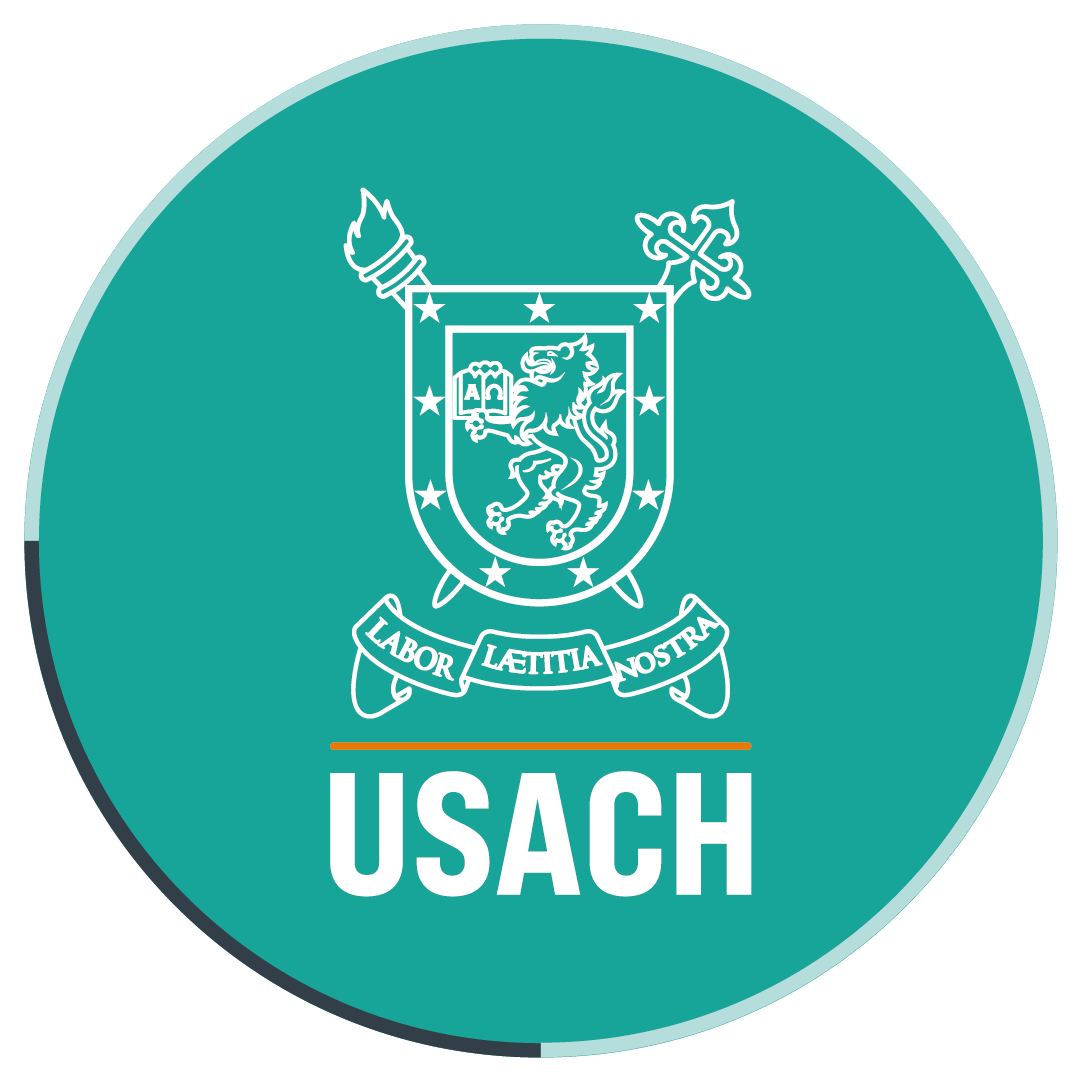More than 600 people enjoyed Christmas concert at Universidad de Santiago
- With an open-air performance in front of the Casa Central building, the Universidad de Santiago Orchestra and Chorus closed the 2016 season. The show conquered the audience with a repertoire of classical and baroque pieces, Chilean songs and Christmas carols.
The Universidad de Santiago Classical Orchestra, accompanied by the Universidad de Santiago Chorus, closed its 2016 season with an impeccable performance that delighted an audience of more than 600 people. The Christmas concert was held on a stage specially assembled for the occasion in front of the Casa Central building.
During the concert, the Orchestra preformed a mix of a classical repertoire, including works by Johann Sebastian Bach and Christoph Willibald Gluck, and national works by Vicente Bianchi (awardee of the National Prize of Music 2016) and Los Jaivas. The show was closed by the renowned baritone Ramiro Maturana, singing Christmas carols together with the Chorus.
According to Dr Juan Manuel Zolezzi, President of Universidad de Santiago de Chile, the activity had the goal of strengthening even more the links between the University and the community. “This is a dream come true. The concert was aimed at all the University community and at all the community around it, particularly the Villa Portales. We are ready to repeat it next year, and even more eagerly,” he said.
A concert for the family
After more than twenty free concerts given by the Classical Orchestra in the 2016 season, the Extension Department of the Vice Presidency of Outreach and Engagement, informed that in 2017, the Orchestra will offer open-air concerts in different communes of the Metropolitan Region.
Jorge Montealegre, director of this Department, said that “this was a very special occasion, as it was the first time that the Orchestra offered an open-air show at the University yards where our students walk every day. It was like a preview of what we will do in several communes next year. We are even going to celebrate the centenary of Violeta Parra’s birth. On this occasion, we gather together the Orchestra and the Chorus, which do not always perform together, and the result was magnificent.”
The University authorities considered the concert as an end-of-year celebration aimed at families and the community that recovers the yard in front of the Casa Central building as an artistic and cultural space. In this yard, Fidel Castro and Salvador Allende gave their speeches when they visited Universidad de Santiago in the past.
“We wanted to share with everybody the beautiful Orchestra that we have. We wanted our neighbors to enjoy this activity,” Dr Karina Arias, Vice President of Outreach and Engagement, said.
The Orchestra was conducted by Sebastián Camaño, as guest conductor. During the performance, he invited the audience to celebrate Christmas with a world without borders and open doors for immigrants.
“I love that people come to this University and enjoy its wonderful campus and the music. The audience that comes to this University is not the audience that usually hears other orchestras, so the purpose of this concert is beautiful: It contributes to create community,” he said.
Translated by Marcela Contreras

